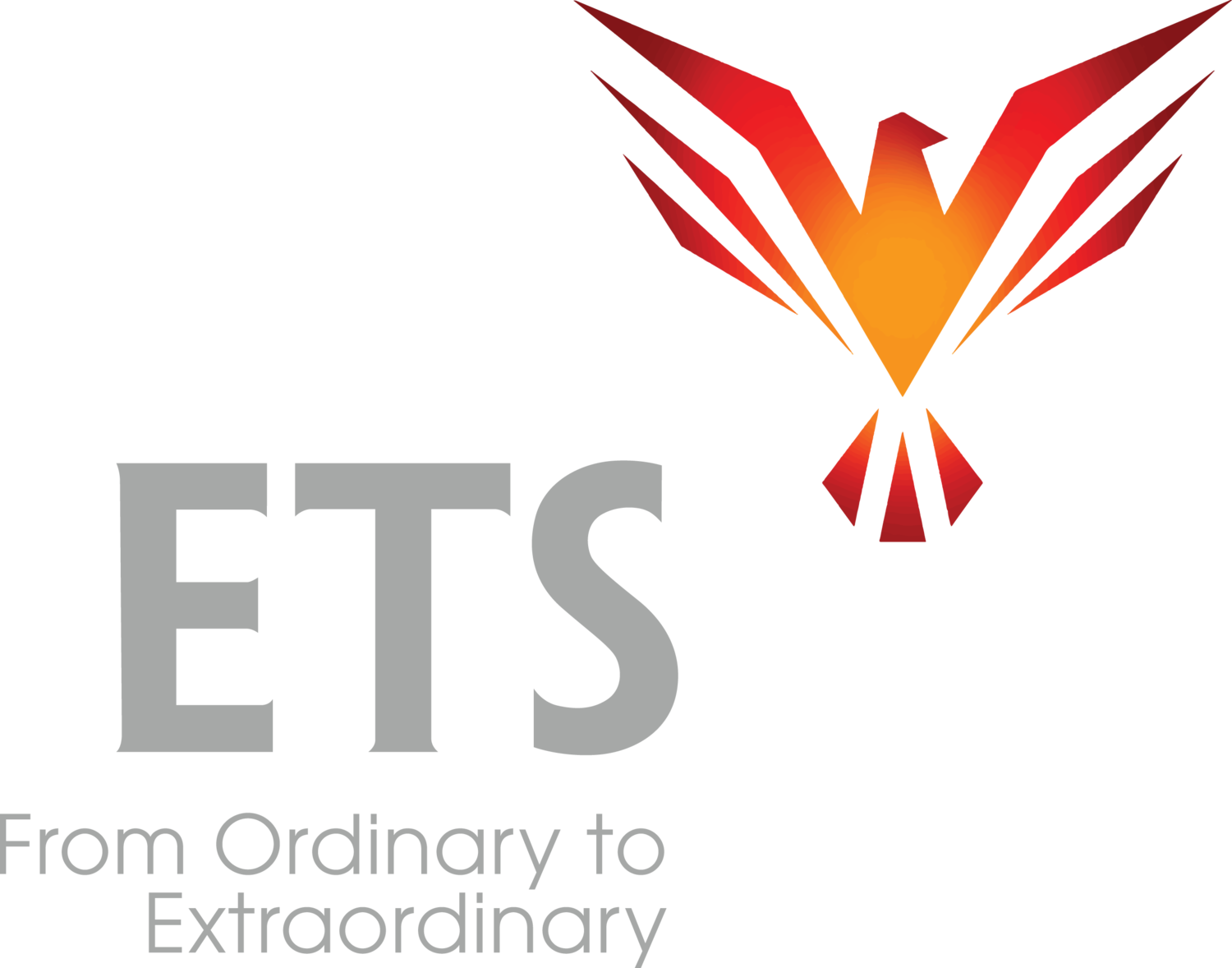The only reason audiences multitask during presentations is because the presenter is not good enough to captive and keep their attention.
No one likes to hear this, especially presenters!
People like to think there’s something wrong with the audience. They blame it on bad manners. They blame it on shrinking attention spans. They blame it on corporate culture. They blame it on how busy people are that they need to do multiple things at one time.
In other words, they blame it on the audience.
This line of reasoning might hold water except for the preponderance of proof showing it’s wrong. The fact is, there are presenters in this world who are good enough to make it impossible for an audience to multitask.
It’s never the audience. It’s always the presenter.
One time I was asked to give a one-hour presentation at a brown bag lunch in a major Silicon Valley corporation. 150 people came, 150 laptops were opened along with lunches. When I started to speak, no more than five people were making eye contact with me. The others were somewhat listening along, doing email and munching.
I didn’t view it as their problem. I viewed it as a test of my skill.
Within 10 minutes, without my ever saying anything about it, 149 laptops were closed.
I really connected with the audience. One person at a time.
I made a very strong visual connection with them. It was all about presence. And I delivered what I was saying with very strong intention. Not passion or effort…INTENTION. I made it look effortless.
I didn’t wait for them to connect with me. That’s not their job. It’s mine.
There was one guy in the back who didn’t stop multitasking. A couple minutes into my presentation he looked up and gave me a very dirty look, like he was seriously annoyed with me. A couple minutes later, another dirty look. Then a couple more.
Finally, he looked at me with complete irritation, stood up, picked up his computer and left the room.
After the presentation I found him working outside the conference room. Curious about what was so upsetting that it made him leave, I went over to him and said, “I’m sorry you didn’t like the presentation. It looked like what I was saying was really not to your liking, I apologize.”
He said, “That’s not what happened, it’s actually the opposite. I’m on a deadline to get this report out right now. I was hoping I could work on it and listen to you at the same time. But it was impossible to work on the report, I kept finding myself pulled into what you were saying. The only way I could concentrate on the report was to leave the room. So I was pissed off that I couldn’t stay and hear you.”
This isn’t some gift I was born with. It’s a skill. What’s great about that is it means it’s something you can master.
I hear from my students all the time that they used to have audiences that multitask and now their audiences are completely engaged.
This is one example of many from one of my students:
“The entire room was in complete silence and so engaged during the entire hour that you could practically feel the energy from their eyes and minds. If you have ever sat in a meeting with the senior leadership team, you know how unusual that is. Normally it is a multi-tasking fest!”
The longer you think it’s something about the audience that makes them multitask, the farther away you are from this skill. The sooner you decide to be a presenter who makes it impossible for your audience to multitask, the closer you are to mastering this ability and making it happen.
There’s little more gratifying than having an audience on the edge of their seats, utterly captivated. Can you handle that kind of power?
Come and discover how to do this at an upcoming Transforming Your Presentation Skills
I guarantee you won’t be multi-tasking while you’re there!
Be the cause!

